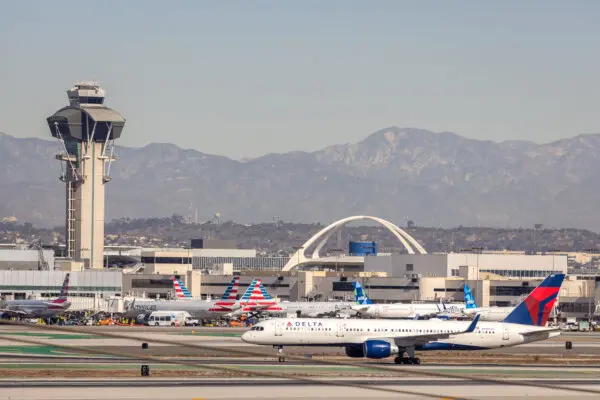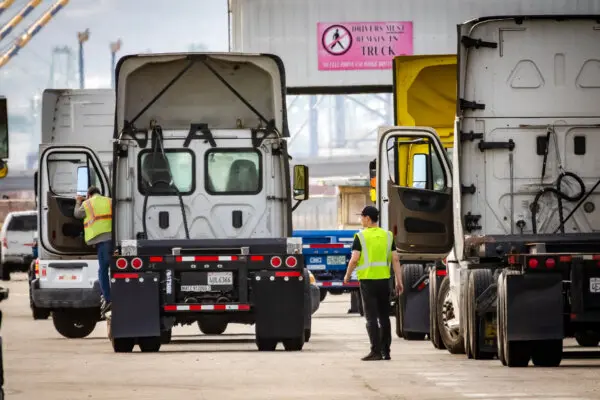Bangkok, one of the most popular travel destinations in the world, is also a major hub for travel elsewhere. If you find yourself in the Big Mango for a long layover, plan to leave the airport for some time in the city. What you choose to do will depend on your interest: Food? Historical sites? Museums? Shopping? Maybe a bit of everything. Part of it will depend on what time it is—or what time your body thinks it is.
Bangkok, or “Krung Thep” to the Thais, is a city of 11 million and the capital of the Kingdom of Thailand (formerly Siam). Sometimes called the Venice of the East, Bangkok is built along the winding, well-traversed Chao Phraya River and on top of a system of canals, some but not all of which are now beneath the concrete. The city combines the finest elements of modern Asia, with the allure of dazzling temples and a foodie scene that’s endless.










